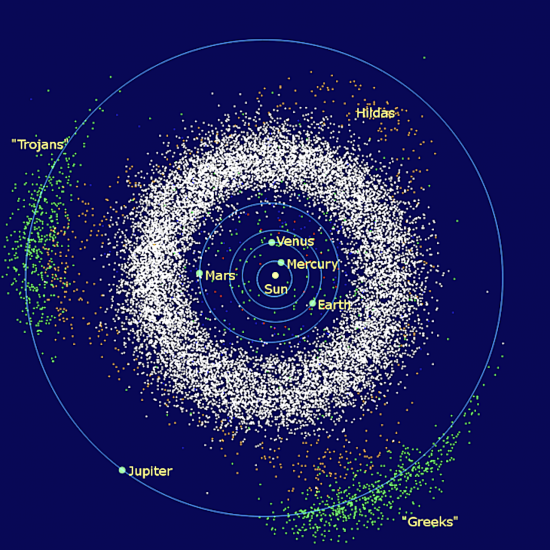
May 22, 2020
Comets are often called “dirty snowballs” by astronomers.
Various space missions, such as Giotto and Deep Impact, revealed that comets are blackened, cratered, and fractured. No ice fields, reflective crust, or watery clouds. The Giotto spacecraft’s close approach to Halley’s comet, for example, discovered the blackest object ever seen.
Other comets defy conventional explanations: Shoemaker-Levy 9 exploded when it encountered Jupiter’s magnetosphere, and the pieces did not expel the volatile compounds astronomers expected to see. Deep Space 1 flew by comet Borrelly in 2001, finding it hot and dry. The Stardust mission to comet Wild 2 encountered a lot of dust, but no trace of water could be found. Wild 2 looked like an asteroid.
In an Electric Universe, comets experience a differential electric potential in their solar orbits. The variable electric fields cause visible glow discharges. Rather than “dirty snowballs” or even “snowy dirtballs”, comets are electrically active, solid bodies.
According to a recent press release, a new discovery re-focusses theories on the difference between an asteroid and a comet: there does not appear to be a difference.
The University of Hawaiʻi Asteroid Terrestrial-impact Last Alert System (ATLAS) discovered the first known Jupiter Trojan asteroid to have sprouted a comet-like tail. The Minor Planet Center (MPC) designated the new discovery as 2019 LD2.
Comets form plasma sheaths that can become comas, often more than a million kilometers in diameter. Plasma filaments connect comets with the Sun’s electric field, generating “hot spots” on their surfaces. So hot that extreme ultraviolet light and X-rays were detected radiating from comet Hyakutake.
The primary reason for thinking that 2019 LD2 is an asteroid and not a comet is that no water vapor was detected in its vicinity. As Electric Universe advocate Wal Thornhill wrote:
“The flaw in the conventional approach is that only gas-phase chemical reactions and reactions induced by solar radiation (photolysis) are considered. The far more energetic molecular and atomic reactions due to plasma discharge sputtering of an electrically charged comet nucleus are not even contemplated…The hydroxyl radical, OH, is the most abundant cometary radical…It is chiefly the presence of this radical that leads to estimates of the amount of water ice sublimating from the comet nucleus.”
As mentioned in a previous Picture of the Day, there are several “Centaur objects” orbiting near the asteroid belt that demonstrate that indeterminate state between comet and asteroid. 2060 Chiron is classified as both comet and asteroid. Chiron manifests a coma whenever it reaches its closest approach to the Sun, although it does not grow a tail. 174P Echeclus displayed a coma in 2005, so it is also classified as a cometary asteroid. At least ten Centaurs are known to have cometary activity at great heliocentric distance.
Proponents of mainstream viewpoints are slowly beginning to realize that asteroids and comets exist in a continuum: neither are strictly identical nor completely different from the other. When the Stardust mission returned to Earth with samples from the coma of comet Wild 2, scientists found that the material looked more like meteoric dust than what was expected from a dirty snowball.
Stardust also found that the coma of Wild 2 contained the “signature” of water vapor, although the farther from the surface of the comet it was, the greater the amount of vapor it saw. Whatever water or hydroxyl compounds found in cometary comas are probably created there, as Wal Thornhill explained: ionized oxygen from the comet reacts with hydrogen ions streaming out from the Sun. No “jets” of water vapor spew from comets, and no icy plains have ever been observed. It is electric effects that are seen. Discharges and arcs form the comet phenomena, so exposing an asteroid to an intense electric field over time will most likely create a comet.
Stephen Smith
The Thunderbolts Picture of the Day is generously supported by the Mainwaring Archive Foundation.












